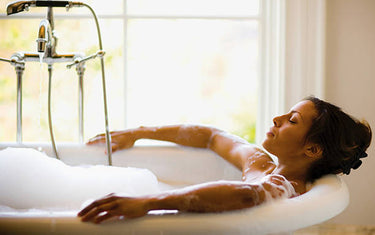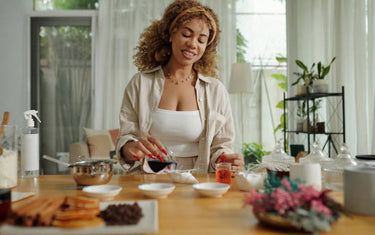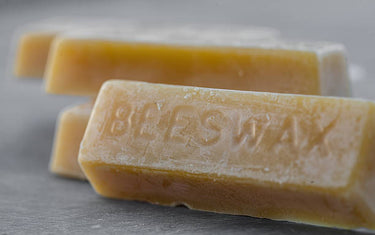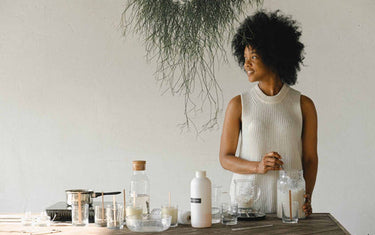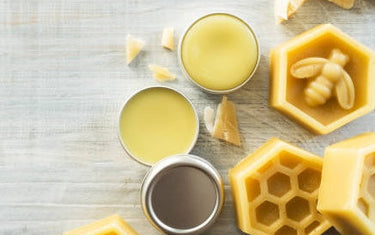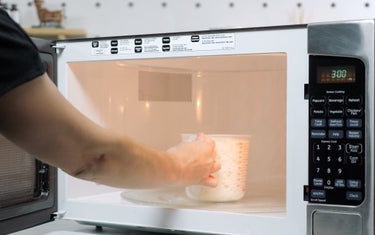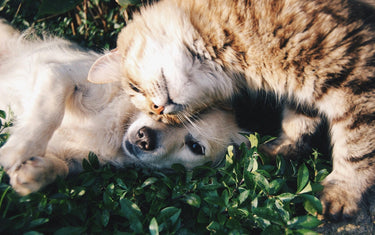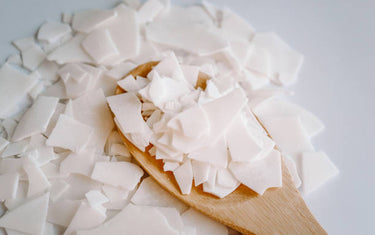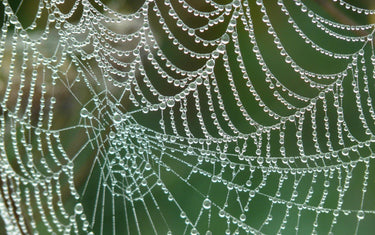5 min read / 8 April 2023 / Laura Garvin Gomez
How to Make a Body Scrub with Essential Oils
Learn how to create a luxurious and customized body scrub using the natural power of essential oils with our step-by-step guide.
Share this post
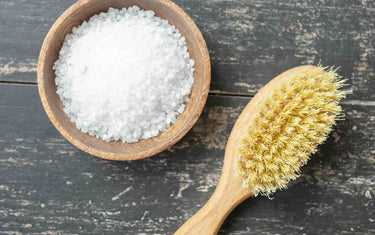
Homemade sugar scrubs offer the ideal alternative to pricey skincare products and expensive spa treatments.
You will find most of the ingredients you need in your own home and still enjoy wonderful results that can make your skin glow. We explain everything you need to know about how to make a body scrub, some of the benefits it can offer and the different types of sugar that could work for your skin.
What is a sugar scrub?As the name implies, a sugar scrub is a body scrub that uses sugar as the primary ingredient. It is usually paired with a humectant to improve moisturising and an essential oil for fragrance and aromatherapy. Instead of using a chemical-based product to cleanse your skin, it gives you a more natural option that can be less harsh. |
What are the benefits of a homemade sugar scrub?
Some of the benefits you may be able to enjoy from using a sugar scrub include:
- It can exfoliate your skin: Using a sugar scrub can help to remove the outer layer of dead skin cells, gently encouraging your cells to turnover so healthier skin can come to the surface.
- Cheaper alternative: Because sugar scrubs can be made using common, natural ingredients that are found in your home, they should be less expensive compared to commercial exfoliating products sold online or in shops.
- Maximises moisturiser absorption: After you have used a sugar scrub and dried off, your skin pores are open and ready to absorb the products you want to apply. It gives you a blank canvas to work with so you can get more from your moisturiser and other skincare products.
- Can remove ingrown hairs: Ingrown hairs can be irritating and cause issues on the surface of the skin. Regular use of a sugar scrub can help to unclog pores and remove textured skin that may lead to ingrown hairs developing.
- May boost blood circulation: Aside from relieving tension and soreness, a good full-body massage can also boost blood flow, which improves your skin’s health, which in turn can help cuts and bruises to heal faster.

What is the best sugar for a sugar scrub?
Granulated sugar is absolutely fine to use for a sugar scrub – although there are alternatives that may be more suitable for your skin:
- Brown sugar: The granules in brown sugar are softer than granulated sugar, which could make it useful for exfoliating the face and softer areas of skin.
- Cane sugar: Unrefined white cane sugar is generally suited to most skin types, and it can provide essential nutrients such as iron, magnesium and potassium and a host of vitamins, including A, C, E, B1, B2 and B5.
- Turbinado sugar: This is also referred to as raw sugar due to the minimal processing involved. The crystals are medium-to-large in size, and it looks like brown sugar in appearance.
- Superfine sugar: Superfine sugar is a more refined version of standard granulated sugar and is also known as castor sugar. Because of the smaller crystals, some people do use this as a scrub for their face.
How to make a sugar scrubWhen it comes to making a sugar scrub, the process couldn’t be simpler. One of the best things about them is that there is a wide range of ingredients you can use to find the right blend that works best for your skin. Use our sugar scrub recipe below to make your own DIY version:
Keep the sugar scrub mixture sealed tightly at room temperature for up to two months. Avoid getting any moisture mixed into the scrub and ensure it is stored in a cool, dry space. How to use a sugar scrubUsing a sugar scrub is easy and doesn’t require you to dramatically change your wash routine. When you are in the shower you can use the sugar scrub to exfoliate your body using your favourite product:
When you have finished drying your skin, use a moisturiser to keep it soft and supple after your body temperature cools. After drying off your pores are still open, so this is the best time to moisturise as it will be absorbed much easier. |
Can I use a sugar scrub on my face?
It is generally advised that you do not use a sugar scrub on your face because they contain large sugar crystals, making the scrub too harsh for facial skin.
Feel free to use the sugar scrub on all other areas of your body (including your private parts – although do so gently).
Scrubs that use small, round-shaped particles tend to be milder and better for use on the face. You can test the scrub beforehand by trying it on a small area of your arm – the rule being that if it is too harsh for your body, then it will not be suitable for your face.
A better alternative may be to use organic products that can help exfoliate your skin without using harsh particles.

Whether it’s exfoliating the dead skin on your body, improving blood circulation, or boosting the ability of your beauty products, sugar scrubs can soon become an essential part of your skincare routine. You can use them anywhere on your body (including the face – although read our notes about this above) so you can enjoy a natural, chemical-free cleanse from head to toe. And when mixed with the wonderful fragrance of an essential oil, it can leave your skin feeling refreshed and enriched with a whole host of nutrients and vitamins.

